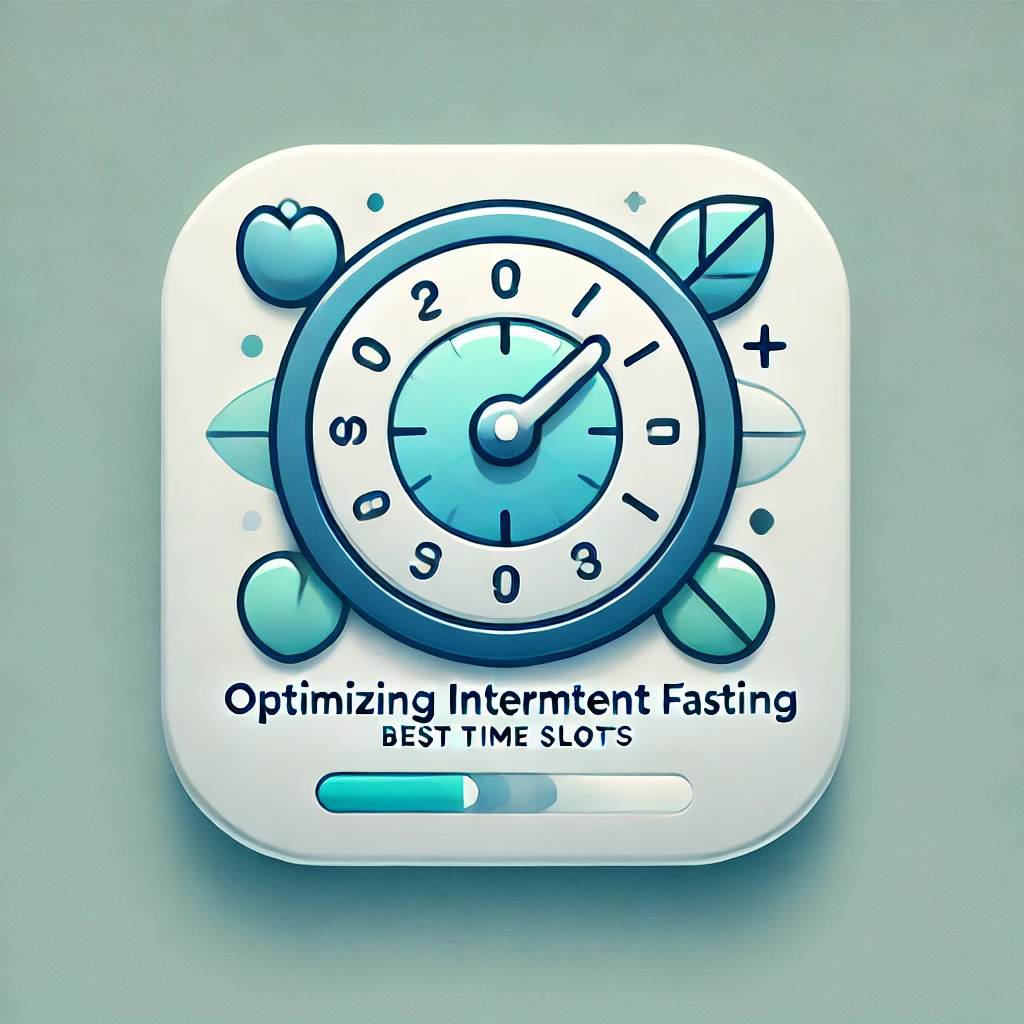
A Complete Guide to Intermittent Fasting Intermittent fasting (IF) is a dietary strategy that alternates between eating and fasting intervals. Intermittent fasting places more emphasis on when to eat than on what to eat, in contrast to traditional diets. This approach has grown in popularity recently due to its effects on general health as well as its possible advantages for weight loss. Since many cultures have traditionally included fasting in their religious and spiritual rites, the idea has ancient roots.
Essentially, timing is more important in intermittent fasting than calorie restriction because it enables the body to go into a state of renewal & repair during fasting periods. Intermittent fasting’s science is intriguing. The body goes through a number of metabolic changes while fasting. Significantly lower insulin levels encourage cellular repair and fat burning.
Fasting also initiates autophagy, a process by which the body eliminates damaged cells & produces new ones. This physiological reaction not only helps control weight but also enhances metabolic health, which may lower the risk of long-term conditions like diabetes & heart disease. The understanding of the effects of intermittent fasting on the body is constantly changing as new research is conducted, which makes it an interesting topic for both nutritionists and health enthusiasts. Intermittent fasting’s benefits for physical health.
Numerous advantages of intermittent fasting go beyond weight loss and include numerous enhancements to both physical & mental well-being. Its capacity to support fat loss while maintaining lean muscle mass is among its most important benefits. A more toned body can be attained without drastic calorie restriction by letting the body use stored fat for energy during fasting periods. improved mental clarity and metabolic adaptability. Studies have also demonstrated that intermittent fasting can improve metabolic flexibility, which makes it possible for the body to more effectively alternate between burning fats & carbohydrates.
Intermittent fasting has been associated with a number of cognitive improvements in addition to physical ones. By boosting the synthesis of brain-derived neurotrophic factor (BDNF), a protein that promotes neuron growth and survival, fasting may enhance brain function, according to research. Lowering the Chance of Neurodegenerative Conditions. Focus, memory retention, and general cognitive function may all improve as a result.
Also, by encouraging cellular repair processes and lowering inflammation in the brain, intermittent fasting may lower the risk of neurodegenerative illnesses like Parkinson’s & Alzheimer’s. Therefore, intermittent fasting is a desirable choice for people who want to improve their physical and mental well-being because of the cognitive advantages and mental clarity it offers. All-around health and mental clarity. Intermittent fasting is a useful strategy for people looking to enhance their general well-being because of the benefits it offers to both physical and mental health.
In addition to weight loss, people can enjoy a number of other advantages by adopting intermittent fasting into their lifestyle, such as better physical health, increased cognitive function, & a lower risk of neurodegenerative diseases. There are several ways to practice intermittent fasting, & each has its own schedule and time slots. Alternate-day fasting, the 5:2 diet, and the 16/8 method are the most popular approaches. The 16/8 method calls for eating within an 8-hour window & fasting for 16 hours every day.
Because of its ease of use and adaptability, this method is especially well-liked since it lets people select their eating window according to their daily schedules and personal preferences. For example, if one decides to eat between noon & eight o’clock, they can skip breakfast & still have lunch and dinner. In contrast, the 5:2 diet calls for keeping calorie intake to 500–600 on two non-consecutive days & eating normally the other five days of the week.
While still offering the advantages of calorie restriction on fasting days, this approach permits more flexibility on days when eating is normal. This idea is expanded upon by alternate-day fasting, which alternates between days of regular eating and days of total or partial fasting. Because each of these approaches has unique benefits and accommodates a range of tastes & lifestyles, it is crucial for people to investigate which format best suits their own objectives.
The ideal times to engage in intermittent fasting are mostly determined by personal preferences, lifestyle decisions, and schedules. The simplicity of the 16/8 method makes it effective for a lot of people. Eating between noon and eight o’clock in the evening instead of breakfast is a popular strategy. People can still follow a fasting regimen that works well with their daily routine while still enjoying lunch and dinner thanks to this schedule.
Also, this period frequently aligns with social events, which facilitates dining with loved ones without feeling constrained. Nonetheless, some people might discover that an earlier eating window suits them better. Those who would rather eat breakfast, for example, might choose to eat between 8 AM & 4 PM. Since it enables them to refuel soon after working out, this strategy can be especially helpful for early risers or those who work out in the morning. In the end, the optimal times for intermittent fasting are those that complement one’s lifestyle & still yield the intended health advantages.
People can find what suits them best in terms of energy levels, appetite control, and general satisfaction by experimenting with various schedules. To ensure long-term success and sustainability, a number of factors should be considered when choosing a time slot for intermittent fasting. Daily commitments and personal lifestyle are important factors. For example, it could be difficult for people with demanding work or family schedules to follow rigid eating windows.
As a result, picking a time slot that works with one’s schedule without adding unnecessary stress or inconvenience is crucial. Dietary requirements and personal health status are additional significant factors. Prior to beginning an intermittent fasting regimen, people with certain medical conditions or dietary restrictions should speak with healthcare providers. Also, individual preferences for meal timing can have a big impact on sticking to a schedule.
While some people might prefer later meals, others might feel more energized when they eat earlier in the day. By considering these variables, people can design a customized intermittent fasting program that fits their particular situation and encourages sustained adherence. Staying hydrated is crucial. During times of fasting, it is essential to stay hydrated. Black coffee, herbal teas, and water can all help the body stay hydrated & reduce hunger.
For those who exercise vigorously during fasting periods, adding electrolytes may also be helpful. Maintaining adequate hydration not only promotes general health but also helps sustain energy levels all day long. Rich in nutrients for the best outcomes. During eating windows, concentrating on foods high in nutrients is another successful tactic.
Whole foods like fruits, vegetables, lean meats, healthy fats, & whole grains can be prioritized to supply vital nutrients and encourage fullness. During times of fasting, avoiding processed foods that are high in sugar and bad fats can help avoid cravings and energy crashes. Meal Planning for Achievement. Planning meals in advance can also reduce stress & guarantee that there are wholesome options available when it’s time to eat. People can improve their general well-being and make the most of their intermittent fasting experience by following these guidelines.
Although there are a number of common pitfalls that people should be aware of in order to ensure success, intermittent fasting can be a useful strategy for enhancing health and wellness. Overindulging during mealtimes is one common error. After a protracted fast, some people may feel tempted to overeat because they feel the need to “make up” for the calories they have lost. But doing so can cause gastrointestinal distress and completely counteract the advantages of fasting.
Instead, it’s crucial to concentrate on eating meals that are balanced and offer enough nutrition without being overly calorie-dense. Ignoring the importance of meal planning and preparation is another frequent mistake. People may choose unhealthy foods or skip meals entirely during eating windows if they don’t have a clear plan in place because they are pressed for time or have few other options. This can impede development and cause frustration or a sense of deprivation. Set aside time each week for meal planning and preparation to prevent this error and make sure that wholesome options are available when hunger strikes. People can more successfully manage their intermittent fasting journey by being aware of these typical blunders.
In conclusion, mindfully implementing intermittent fasting offers a flexible eating strategy that can result in a host of health advantages. By being aware of the different approaches that are available, people can customize their fasting experience to fit their own tastes and lifestyles. Whether using the well-liked 16/8 method or experimenting with alternate-day fasting, choosing the appropriate time slot is essential for success & long-term adherence. In the end, the secret is to pay attention to one’s body and adapt as necessary. Individual preferences, daily obligations, & health status should all be taken into consideration when choosing a time slot for intermittent fasting. People can start a rewarding journey toward better health and well-being through intermittent fasting by incorporating useful optimization tips while avoiding common pitfalls.
Like any dietary strategy, people will probably find what works best for them in reaching their health objectives over time, so patience and consistency are crucial.



